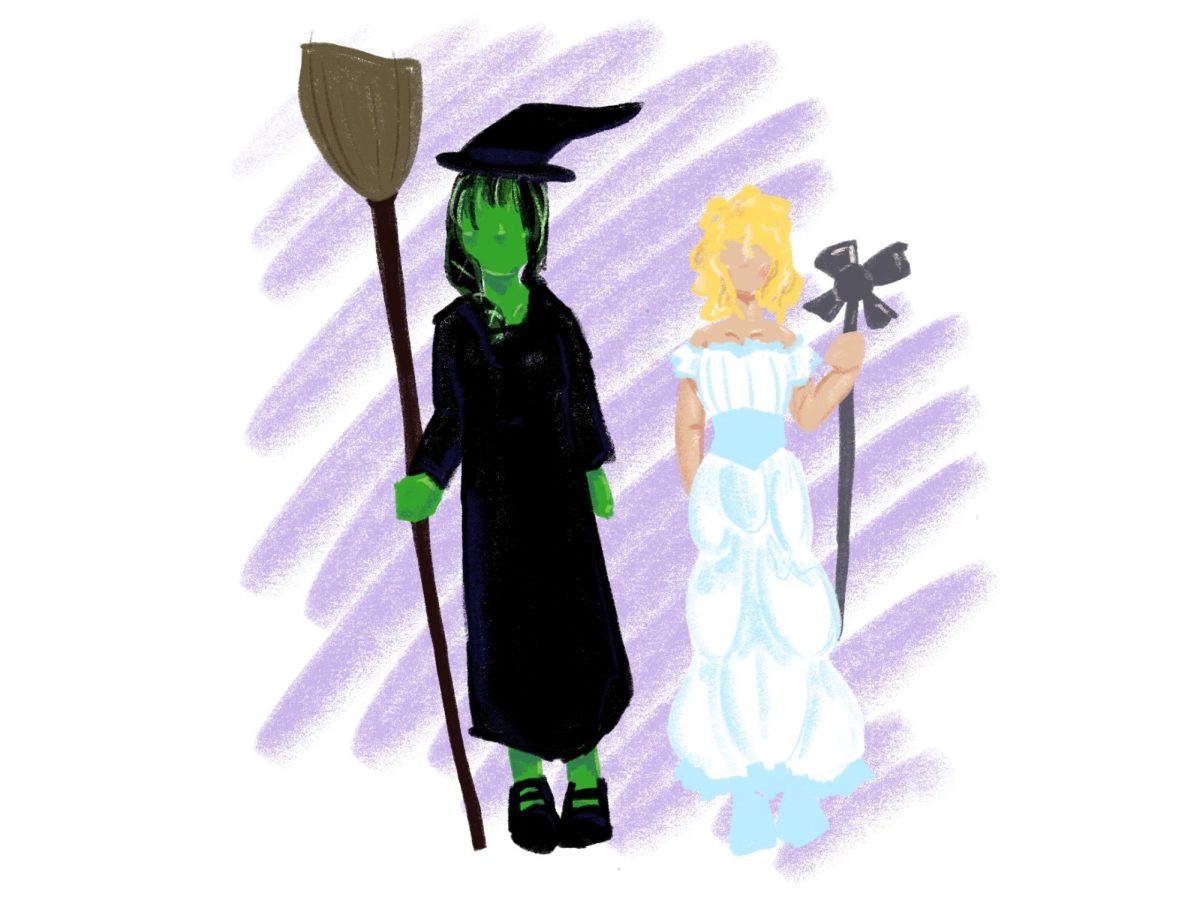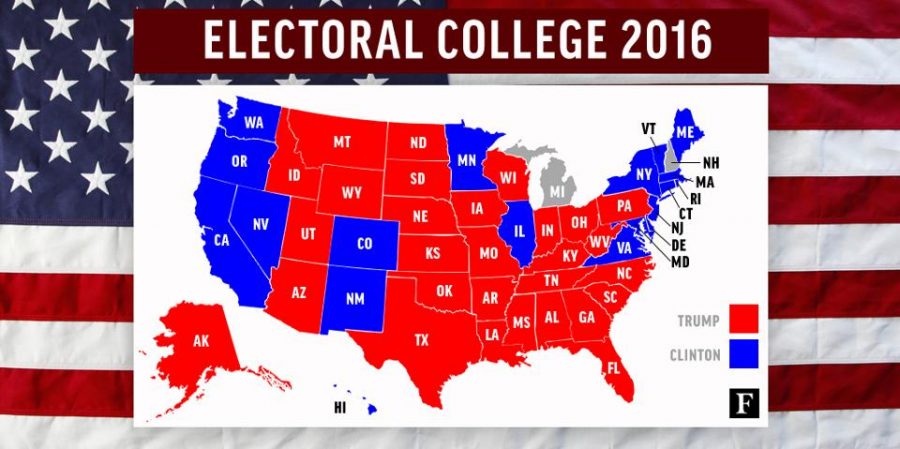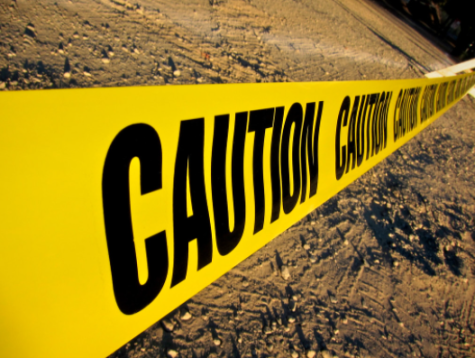The Electoral College will not be abolished any time soon
December 10, 2016
The Electoral College robbed Hillary Clinton of the 45th United States Presidency. Despite having two million more popular votes than her opponent Donald Trump, Clinton failed to achieve the 270 electoral votes required to win the election. As a result, many supporters of the Clinton campaign have since made calls to reform the election process. The supporters specifically seek to change or completely abolish the Electoral College, a seemingly outdated form of selecting a leader. In simple terms, the electoral college is a group of people who formally elect the President of the United States. On Election Day, voters are not actually voting for their candidate, but rather a group of electors vow to vote for the Presidential candidate. With this in mind, opponents of the electoral college are pushing for a purely popular vote to choose the next president. Although a nationwide popular vote would be preferable for most U.S citizens, such a process would be unrealistic. For this reason, the electoral college provides an integral balance to the process of choosing the next President.
The electoral college helps smaller states and minority populations have a larger influence in presidential elections. Because a presidential candidate requires 270 electoral votes to win an election, the presidential candidate cannot just focus only on states with more electoral votes. Ultimately, the candidate must invest resources to persuade smaller states to vote as well because those electoral votes may be the difference between winning or losing the election. A direct popular vote, however, will promote a more national campaign. As a result, presidential candidates will promote a more national message heavily focused on national issues that disregard the needs of different states, especially states with a small population. In contrast, the Electoral College system ensures that presidential candidates will consider both state and national issues as a whole in order to win the election.
However, presidential elections with a direct popular vote will result in a more chaotic voting process. Back in the 2000 elections at Florida, the difference between Al Gore and George Bush was about 1000 votes. The proximity of the votes was so close that massive recounts took place. Throughout the state, votes were hectically recounted by machines (in some counties, by hand). After 37 days and numerous partisan clashes later, a controversial 5-4 Supreme Court ruling determined that George Bush won the state of Florida. This victory gave Bush enough Electoral votes to win the election. Although Bush’s victory in Florida was undoubtedly controversial, it provided a perfect example of how the Electoral College can localize unique election cases.
In essence, the presidential election is actually 51 separate popular vote state elections including Washington D.C, where the winning partisan group in a certain state will therefore receive all of that state’s electoral votes. If a tight race occurs like what happened to Florida back in 2000, other states are not affected because the votes are separate from one another.
On the other hand, a close nationwide popular vote would result in a nightmarish recount of 130 million votes. Most notably, the accuracy of the recount would always be in question, and the potential problem of voter fraud would be difficult to detect. However, the Electoral College system has helped to avoid the need of a massive recount which would result in a more organized election.
No reforms are needed for the Electoral College. The system provides the necessary balance and accuracy that is so important to choosing a president. With the Electoral College, smaller states will have an important impact on the outcome of an election and elections in general are more efficiently run. If reforms are indeed passed, the future of the United States will be uncertain.































